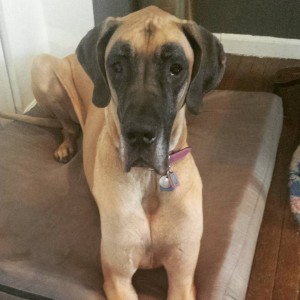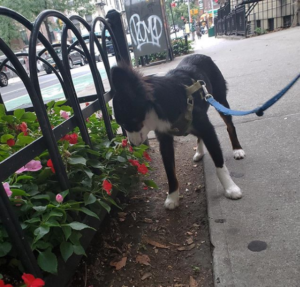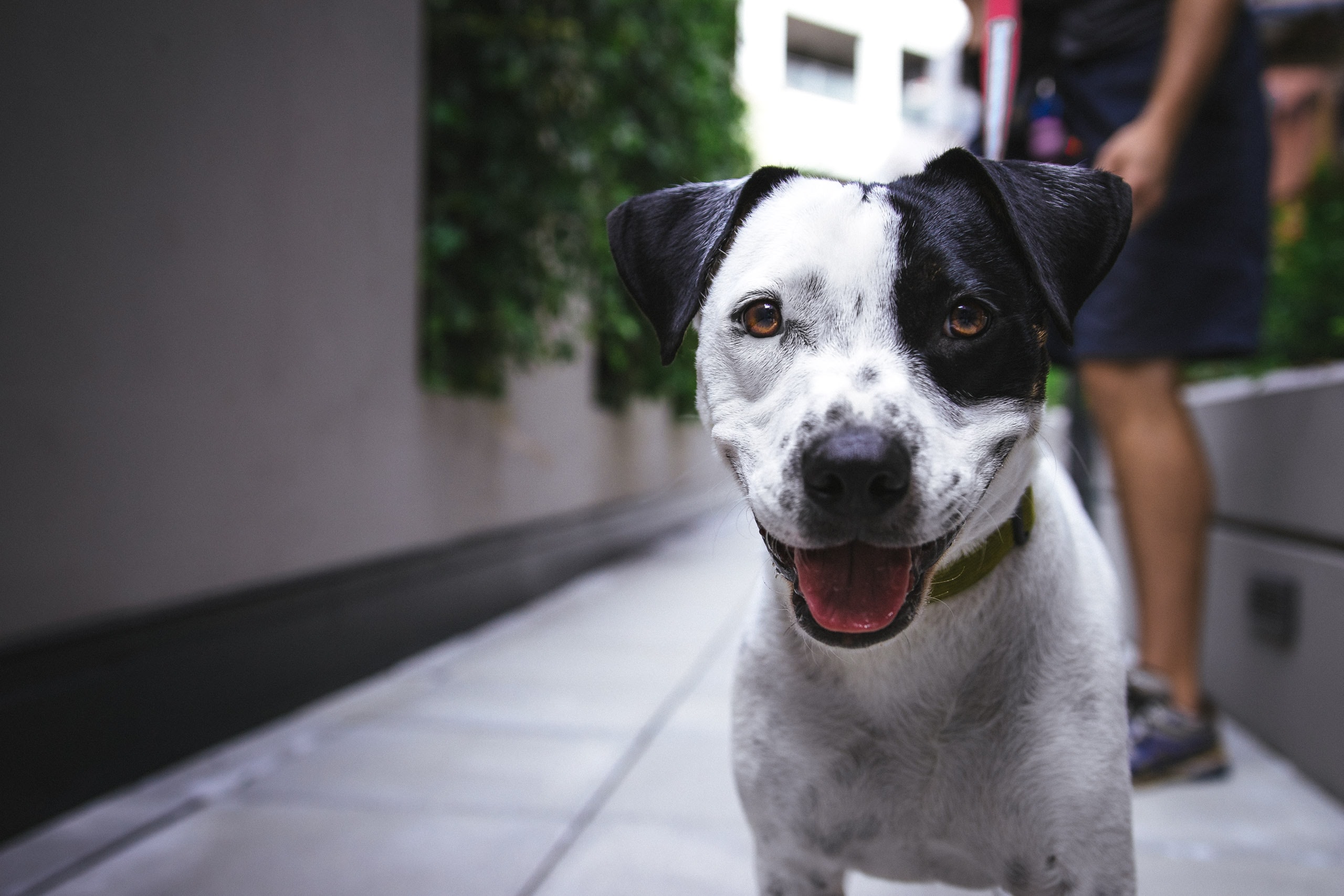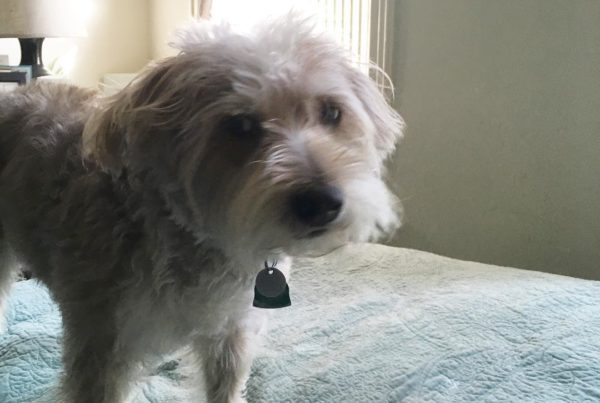With the housing market what it is, less of us unfortunately are going to get the cottage in the country with the wide-open yard for a million pets to frolic. Those of us still in an apartment, or quite happy there, thank you very much, may still want a pet to keep them company during that 20th rerun of The Office.
A cat in an apartment is widely accepted, but if for the companionship, the motivation to get outdoors more or the sheer fact you’re not a cat person, a dog is the perfect fur-baby for you, you should do some research into keeping a dog in an apartment.
Is It Allowed By Your Lease?
Before you do anything, though, take a look at your lease. Does it prohibit pets? Don’t take any chances if it does.
Your landlord may not be legally allowed to remove you or your pet from your apartment, but he can go through the legal system to get it done. They can refuse to continue your tenancy at the end of its current term.
Is It Cruel?
The question of whether keeping a dog in an apartment is a much debated one, because it is a grey area depending on the breed of the dog. The general rule of thumb is that larger dogs will need more exercise and space and enclosing them would be cruel, but if you are maybe inheriting a dog in its later years, which will therefore not need as much exercise, it’s possible to keep them happy in a smaller space.
What Breeds Adapt Best?
There are large dogs who can adapt, or even thrive in a small space. The English Mastiff, for example, are one of the calmest breeds, but will require taking out several times a day to be exercised enough.
The Greyhound or Whippet will be content to stay on the couch most of the time if they’re given some good exercise in the morning. Their main perk is their short coat which is easy to clean and their quiet demeanor. Plus, retired race dogs will be used to being in a crate when necessary.

Look at this cutie! #greatdane #CutestPicEver #nyc #iheartdogs
The Great Danes are also quiet and are happy with a small space. As long as they get their long walks, they will be happy, but watch that tail for vases and glasses in its way because it will not be stopped.
Other large breeds include the Bullmastiff, the Afghan Hound, and the Poodle.
On the smaller scale, you might want to look at the Bichon Frise. This fluffy adorable dog with its love of people will adapt fine to a small space and city walks. However, they would need a garden or a nearby park to run around in every day. Plus, the other side of the people loving coin is separation and anxiety, and therefore, a lot of barking.

Lemon looking pretty as usual ☀️ #SilkyTerrier #Cutie #puppyeyes #HappyDogDay
The Yorkshire Terrior, as a tiny dog, will adapt well to a small space, but are lively and will run around in circles. They also don’t like to be left alone and are hard to train.
Papillons, similar to Yorkies, are tiny in size but big in character. They can adapt well, are intelligent and are eager to please. They’re easy to train and don’t need lengthy walks, but also suffer from separation anxiety.
Other breeds to consider include a Miniature Dachshund, Pomeranian, Cavalier King Charles Spaniel, Basenji, Basset Hound, and Bulldog.
Is It Practical?
It’s not impractical. You just have to adapt with the dog to make sure its needs are met with what you have.
The positives of living in an apartment are that, for one thing, it will be easy to dog-proof. Keep furniture against the wall, keep knick-knacks and breakables out of reach and allow for a lot of sunlight and you should be good to go. Keep them on a meal schedule to avoid accidents on your good rug. You won’t need anything more than you did to own a dog in a house. If your dog does experience any injuries in the apartment, you can try the tips in this guide to natural pain relief for dogs which can make it cost effective if the issue isn’t serious.
It will also be easy to bond with your dog, though that’s never been much of a problem for them, in a space where, at most, you’re only a room away. Snuggling up on the couch or the bed will be one of a few options and before you know it, it’s the norm.

On the other hand, a shared or no garden can be a nuisance. One of the perks of your own garden is that if your dog is using it as their personal bathroom, and you don’t care, then no one cares. Dogs in a shared bathroom won’t have this luxury unless you’re willing to go round with the pooper-scooper after them. If you don’t have a garden, you will have to find a field or a park for your pooch to go nuts in. And consider that you can’t leave them to their own devices in a gated garden with no garden.
Noise complaints are also an issue. Apartment hallways are typically not soundproof and the slightest rumble of feet on the ceiling may startle your dog and cause them to start barking. Before you know it, you have a snotty letter through your letterbox.
You can try and offset this by talking to your neighbors. Introduce your new fur-baby and how much of a good boy he is and how he well-trained he is. Even if it’s not true, the puppy-dog eyes are a powerful asset to behold. If you want to calm your dog, play some low music or white noise to drown out some of the moving about.
You will also have to consider what your dog is doing while you’re out. You can make your dog comfy while you’re away by setting up a corner for them with a worn jumper of yours to let them know you’re near.
photo credit: https://unsplash.com/photos/NH1d0xX6Ldk
https://unsplash.com/photos/LCOxe-a_kK8
Love our content? Share it with a friend or link it to social media. Like short clips of cute household pets? Training tips? Follow us on instagram @nydognanny or on YouTube at nydognanny. Have some news you needs to get to dog and cat parents stat? Email info@newyorkdognanny.com with your article pitch.




